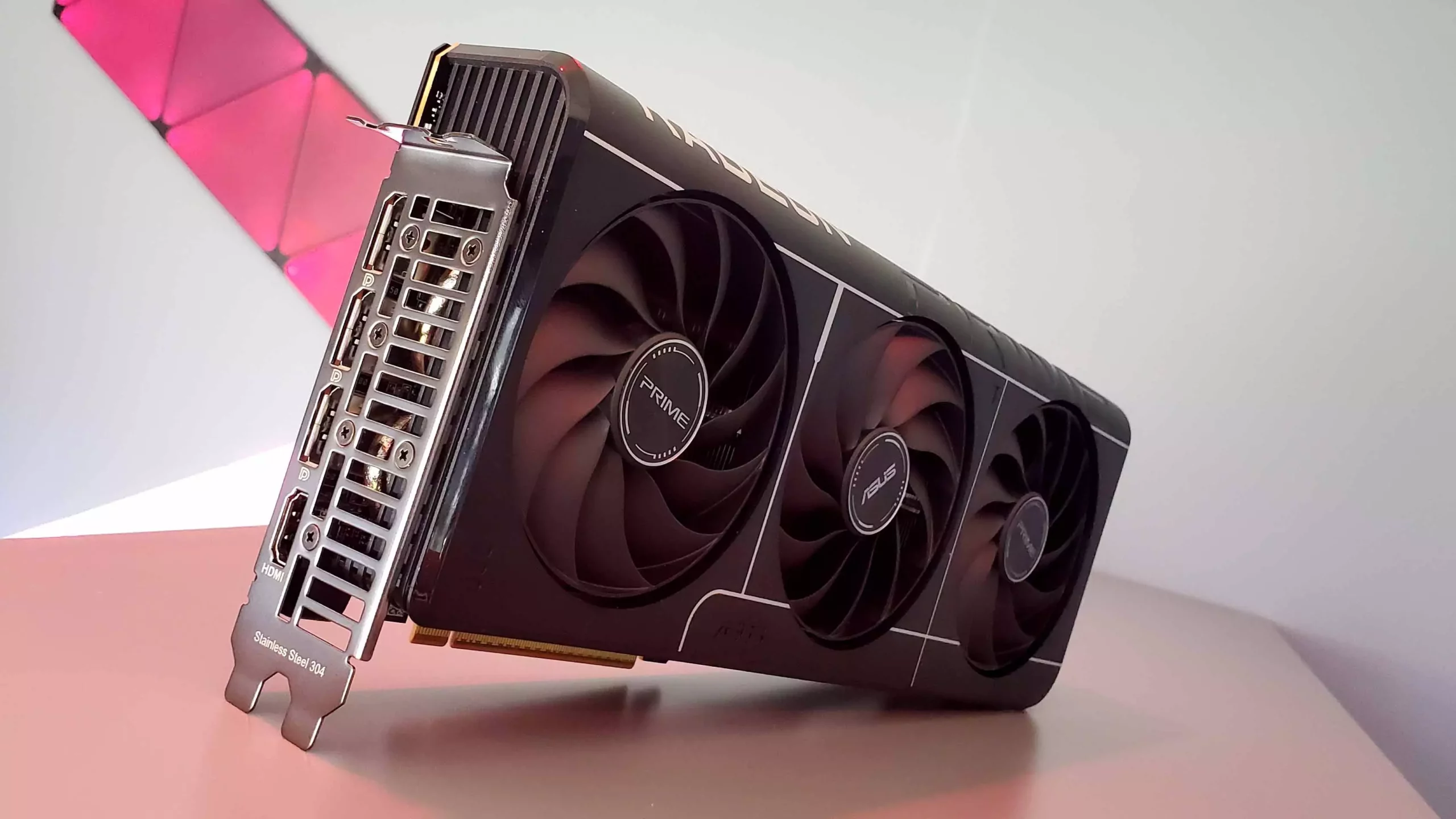In a revealing recent video, Bilibili’s hardware channel 51972 has drawn attention to a nuanced issue emerging from the AMD Radeon RX 9070 XT graphics card lineup. The detailed benchmarking analysis included comparisons across 22 different models, highlighting a slight but notable performance variation. Specifically, the findings suggest that models equipped with Samsung’s GDDR6 memory chips underperform compared to their SK Hynix-equipped counterparts by an average of 2.6%. Although this figure may seem minor on the surface, it incites a thoughtful discussion regarding the implications of such discrepancies in a competitive landscape dominated by high-performance gaming.
The Impact of Memory Choices
AMD’s decision to implement Samsung GDDR6 memory in certain RX 9070 XT revisions has raised several eyebrows among enthusiasts and industry observers alike. The differentiation between SK Hynix and Samsung chips isn’t merely a technical specification; it has real-world performance ramifications. According to the insights shared by 51972, Samsung’s memory is characterized by somewhat looser timings, which is likely the root cause of the minimal reduction in performance. This becomes particularly pertinent in markets where microseconds matter, and those looking to squeeze every drop of performance from their systems may find the Samsung iterations slightly lacking.
Naturally, purists and gamers alike are drawn into a debate about what constitutes an acceptable performance drop, however minuscule. Casual gamers might brush off this 2.6% as irrelevant, but for dedicated enthusiasts, even minor performance metrics can influence purchasing decisions and upgrade paths. The importance lies not just in the immediate metrics but also in the long-term implications for brand loyalty and reputation.
Contextualizing the Numbers: Real-World Implications
When translating these benchmarks into practical scenarios, it’s essential to contextualize the findings. In this case, much of the early analysis has been conducted using the 3DMark Speed Way benchmark—an established synthetic test, but one that may not effectively mirror the diversity of real-life gaming experiences. AMD’s RX 9070 XT cards have already garnered praise for competitive performance, comparable to NVIDIA’s RTX 5070 Ti models. Hence, a slight delay in performance due to memory variance could ultimately mean little in the grand scheme of gameplay.
Therefore, while the reported 2.6% decrease could prompt raised eyebrows, its practical implications may be minimized in day-to-day gaming. Many users might find their visual and response times largely unchanged, regardless of which memory variant powers their card.
Future Development and Overclocking Potential
An equally compelling aspect is the fascinating potential for overclocking, which has become a passion for tech-savvy users. Historically, RX 9070 XT cards have shown remarkable headroom for performance tuning, and there’s curiosity about whether Samsung’s memory will show similar resilience. For example, some reviewers have noted significant gains through undervolting and memory frequency adjustments, hinting that there’s still untapped potential to be explored. If the Samsung variant displays comparable overclocking abilities, the impact of the original 2.6% drop could be mitigated with careful tuning.
However, it remains uncertain whether manufacturers will specifically designate which memory variant is used, muddying the waters further for consumers making purchase decisions. This lack of clarity could generate confusion; users might inadvertently select products with performance profiles that don’t meet their expectations if both models are marketed similarly.
The Bigger Picture: Consumer Expectations and Choices
Ultimately, AMD is operating within a fiercely competitive environment where consumer expectations are high, and the cost-benefit ratio drives purchasing behavior. While a 2.6% drop in performance is not typically a death knell for a product, it highlights the importance of transparent communication between manufacturers and consumers. As gamers seek value in their investments, every percentage point matters, and the choices made today could influence brand affinity and purchasing trends in future generations. The emerging landscape of graphics cards is complex, and understanding the nuances of performance metrics is essential for making informed decisions in gaming hardware acquisitions.

